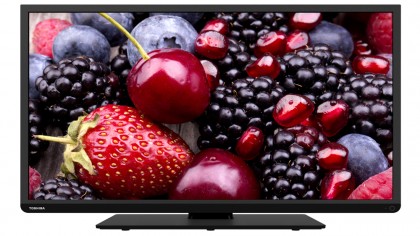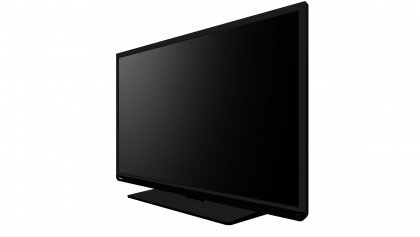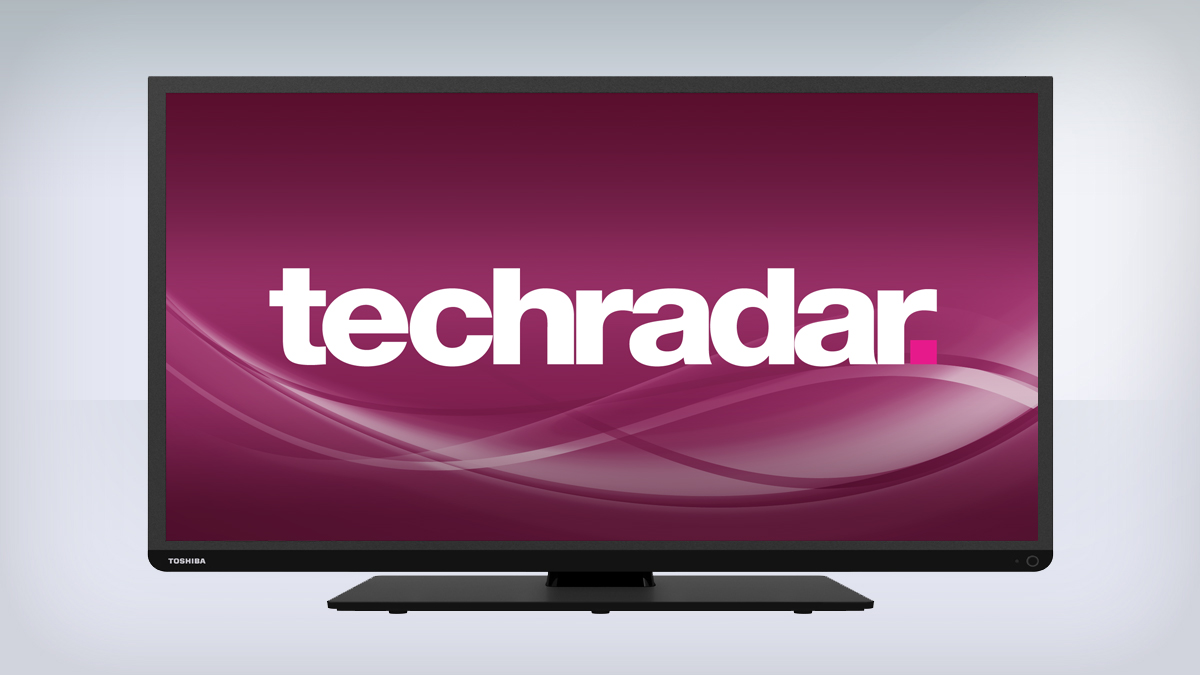Why you can trust TechRadar
Usually when you're looking at a TV as price-driven as the 40L3453DB you're dealing with damage limitation. As in, how many of the pitfalls any low-rent TV can easily fall into does a particular model side step? Happily in the 40L3453DB's case, the answer is 'quite a lot'.
For me, black level response is arguably the single most important element of a TV's picture – and it's usually the area where budget (and some not so budget) TVs most obviously trip up. The 40L3453DB, though, handles dark scenes just about well enough not to leave them looking like some kind of poor relation to bright ones.
For a start, the set's black colour is acceptably convincing, thanks to the appearance of less grey misting than I might have expected. It's a relief, too, not to see dark scenes 'glowing' with a bluish or greenish tinge like they can on some other budget sets.
This helps the set reproduce at least a little of the shadow detail that helps give dark scenes some sense of depth (though this is one area in particular where you can certainly do much better if you spend a bit more) and it's also a mighty relief to find the 40L3453DB suffering only the slightest bit with backlight clouding, where uneven distribution of the edge LED lighting leads to some parts of the image looking unnaturally brighter than others.

The fact that the 40L3453DB doesn't have to work as hard as many budget TVs to try and produce a passable black level response also means it's less susceptible to those nasty light level fluttering effects caused by many dynamic contrast systems.
Many budget TVs struggle to produce a convincing colour palette, thanks to them not providing a strong black foundation for the rest of the colour range to build on. So given that the 40L3453DB DOES manage an at least respectable black colour it follows that its colour handling is also a cut above the budget norm. Tones look reasonably realistic, even where tricky skin tones are concerned, and there's minimal evidence of the banding and blocking that can result from TVs with inadequate colour processing power.
You could enjoy a more dynamic and expressive colour range if you spent more, one immediate result of which would be that skin tones would look a little less mannequinny. But again, if you want that you'll have to spend more money.
Sign up for breaking news, reviews, opinion, top tech deals, and more.
Yet another common (though thankfully not as common as it used to be) disaster zone for budget TVs is motion clarity. Moving objects in the picture tend to lose heavy amounts of resolution thanks to LCD's slow response time by TV tech standards. In some extreme cases you can even see trailing noise behind moving objects as a poor-quality LCD panel fails to refresh its content fast enough to keep up with the changing image content.

Motion on the 40L3453DB, however, actually looks pretty credible. The drop in resolution isn't heavy enough to become a serious distraction even when watching sport, and there's no trailing or lag to speak of. Slow camera pans can show up a little judder, but it's fairly low level and doesn't crop up all that often anyway.
This solid motion clarity contributes to a strong sense of sharpness and detail with HD sources too. The soft, almost standard def look HD sometimes takes on with budget sets is definitely not an issue on the 40L3453DB, as Toshiba's set makes relatively easy work of presenting pretty much all the detail and texturing from good HD sources.
This clarity is natural too. Rather than being 'created' by sharpness processing - a fact confirmed by the absence of the grittiness and edge haloes associated with sharpness-boosting circuitry.
The 40L3453DB's pictures are plenty good enough to satisfy in a typical living room, bedroom or study. However, anyone thinking of installing one in a typically bright second-room environment, such as a sun room or heavily-windowed kitchen, should bear in mind that the screen struggles to deliver much brightness, especially once its pictures have been calibrated to look their best.
There's one other issue that could be a deal breaker in particular installation situations too: a limited viewing angle, which finds contrast and colour dropping off markedly before you've really got far down either side of the screen.

John has been writing about home entertainment technology for more than two decades - an especially impressive feat considering he still claims to only be 35 years old (yeah, right). In that time he’s reviewed hundreds if not thousands of TVs, projectors and speakers, and spent frankly far too long sitting by himself in a dark room.
